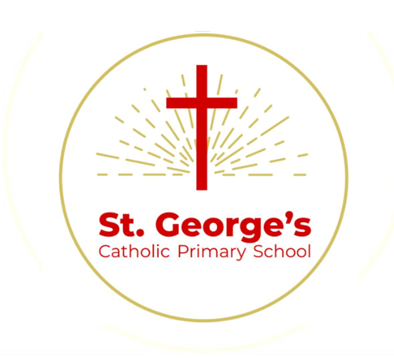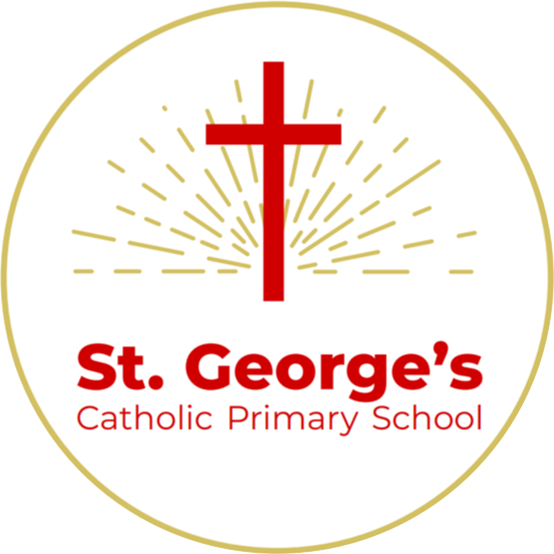Parent Forms
Please use these forms to report:
- Your child's absence.
- To advise us if your contact details have changed.
- To request a leave of absence during term time.
- To give permission for your child to go on an educational visit (if requested).
- To pre-book a school packed lunch for an upcoming educational visit.
- To give permission for your Year 6 child to walk home.
Please contact the school office if you need a printed copy of any of our forms.

